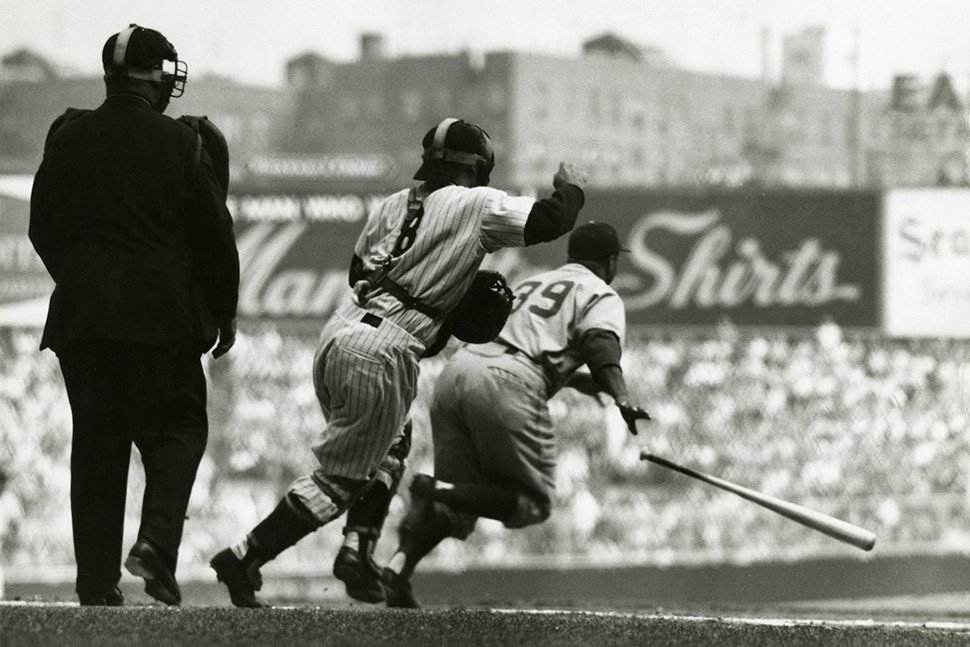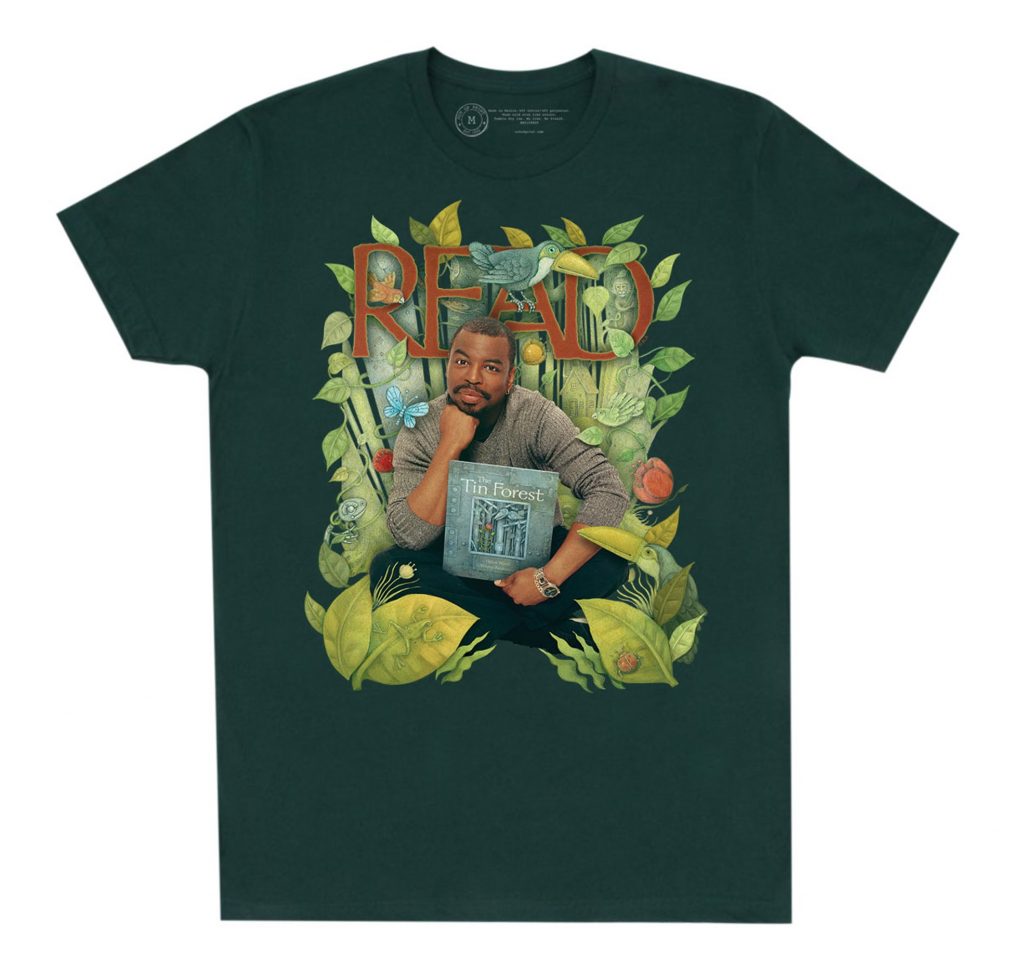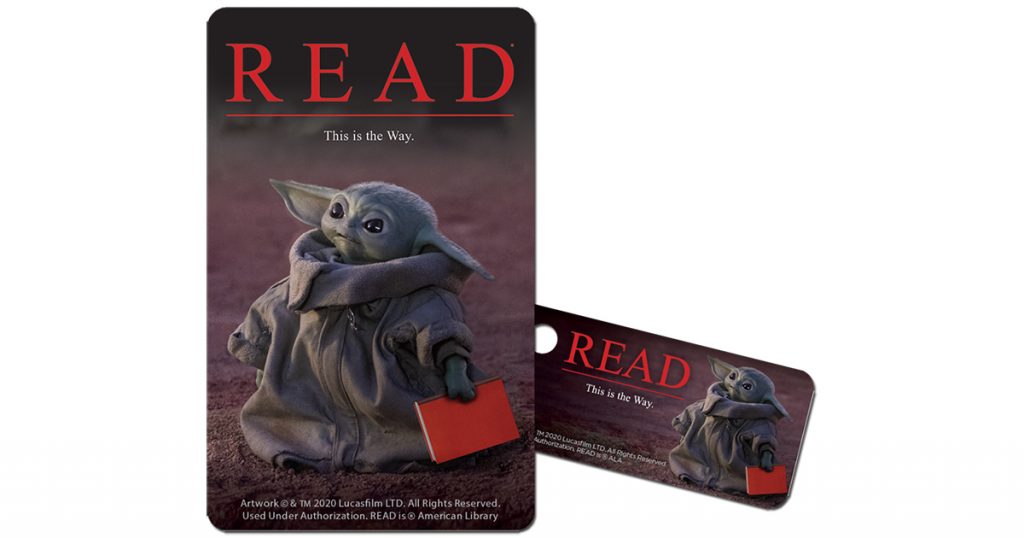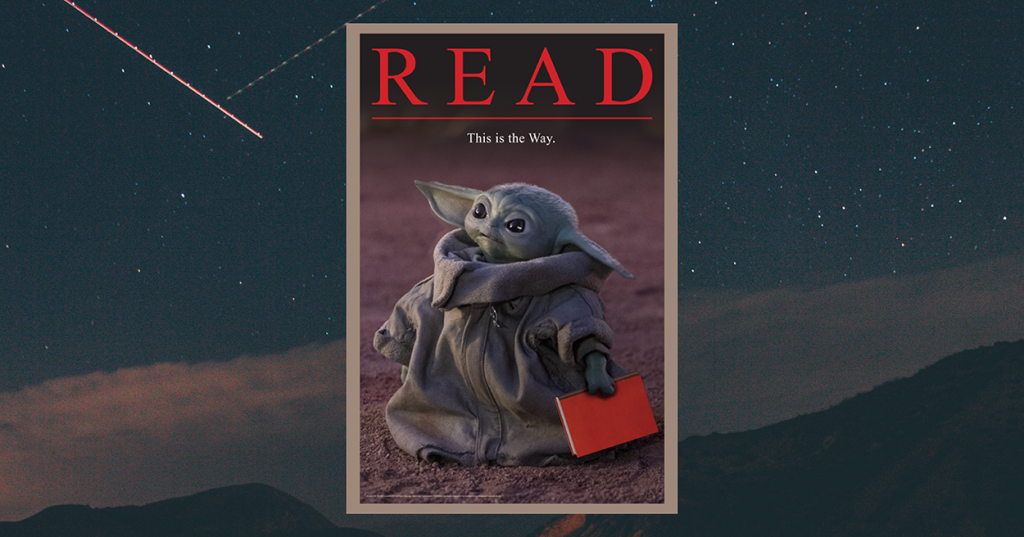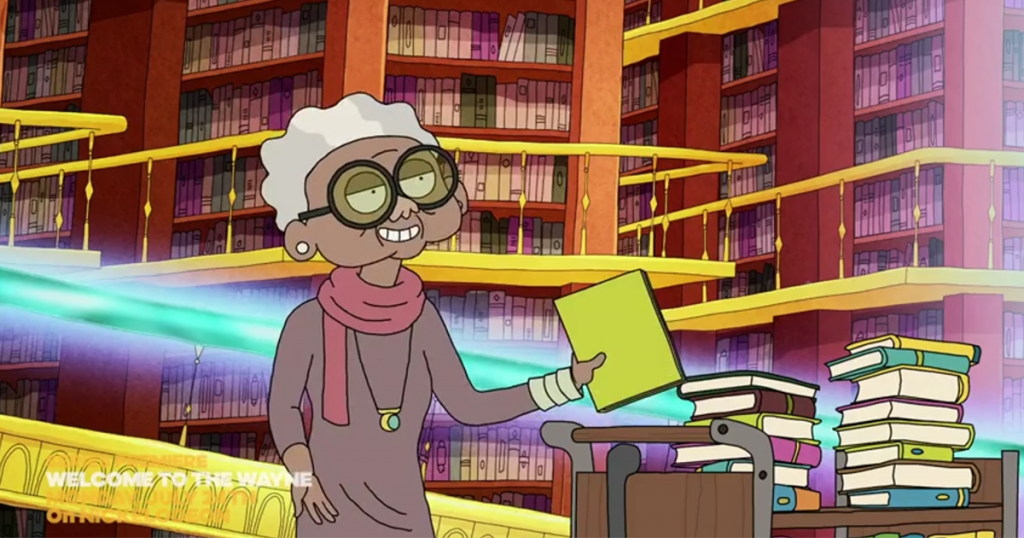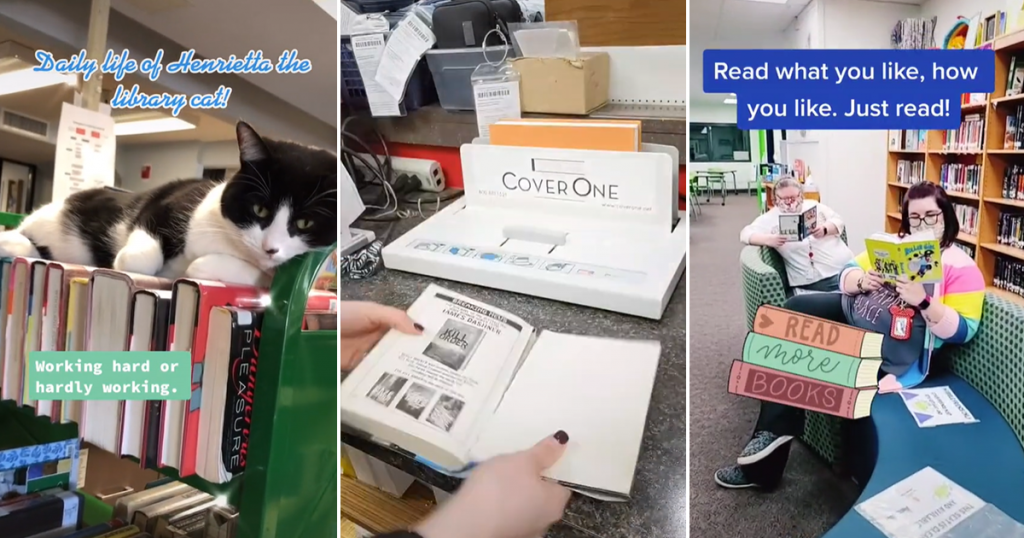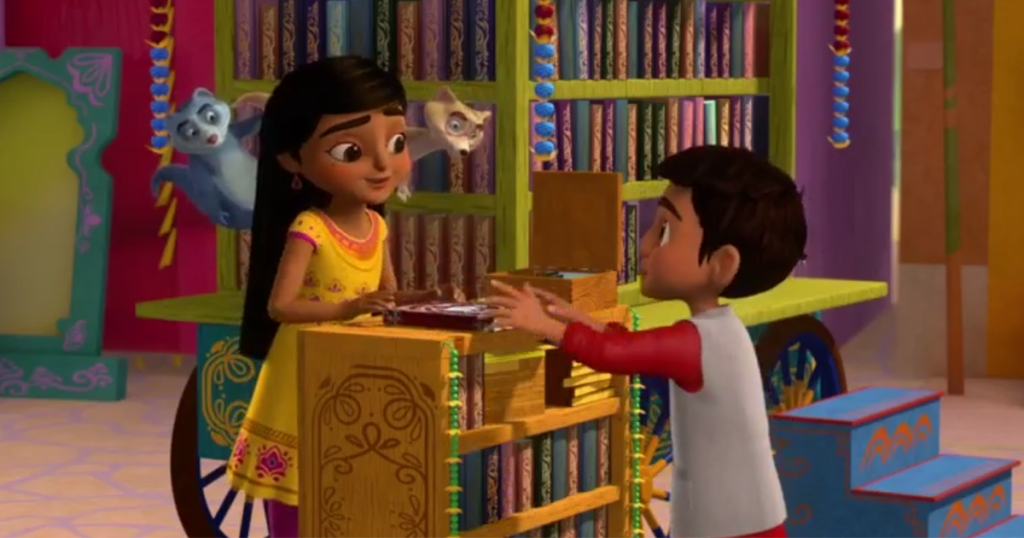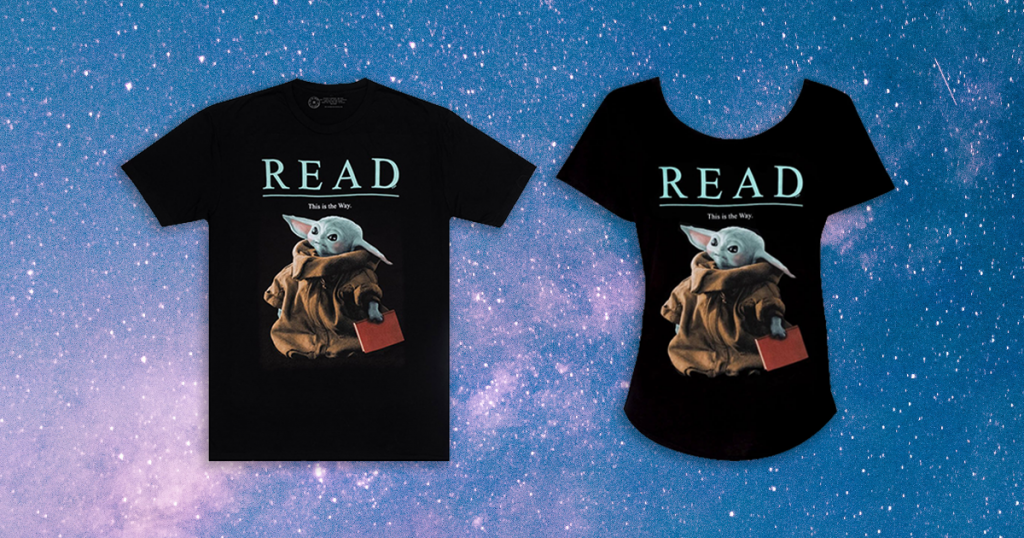A Home Run Collection
Spring is here (finally). Temperatures are rising; the sun is setting later in the evening; flowers are blooming; and a new season of America’s national pastime has started. That’s right: It’s time for some baseball. We’re getting into the spirit with the digital collection at the National Baseball Hall of Fame and Museum in Cooperstown, […]
A Home Run Collection Read More »

